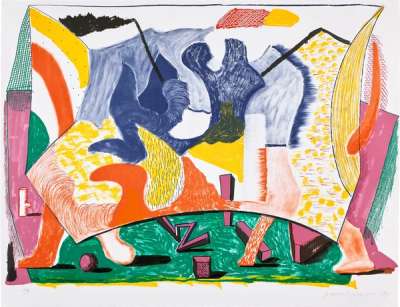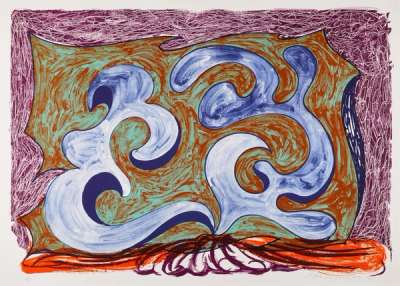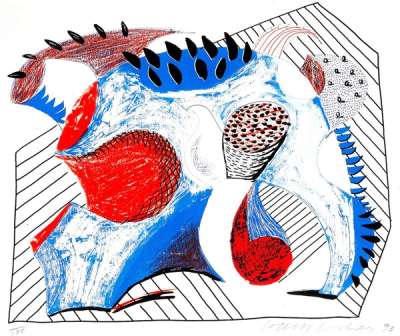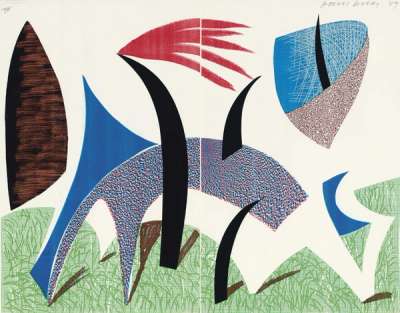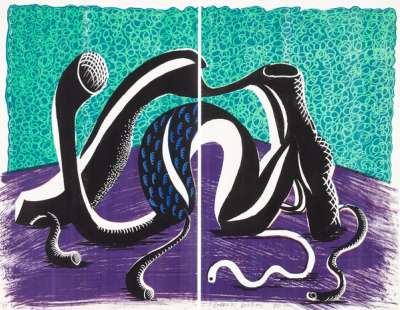
White Lines Dancing In Printing Ink

White Lines Dancing In Printing Ink
Signed Print
David Hockney
£10,500-£16,000Value Indicator
$21,000-$30,000 Value Indicator
$19,000-$28,000 Value Indicator
¥90,000-¥140,000 Value Indicator
€12,500-€19,000 Value Indicator
$100,000-$150,000 Value Indicator
¥2,010,000-¥3,070,000 Value Indicator
$13,000-$20,000 Value Indicator
AAGR (5 years) This estimate blends recent public auction records with our own private sale data and network demand.
There aren't enough data points on this work for a comprehensive result. Please speak to a specialist by making an enquiry.
Medium: Lithograph
Edition size: 35
Year: 1990
Size: H 74cm x W 100cm
Signed: Yes
Format: Signed Print
TradingFloor
Track this artwork in realtime
Watch artwork, manage valuations, track your portfolio and return against your collection
Meaning & Analysis
This signed print by British artist David Hockney is entitled White Lines Dancing In Printing Ink. Part of the artist’s Abstractions collection, it was issued in 1990 – a year which saw Hockney experiment with non-representational image making on an unforeseen scale. Like the print’s title suggests, it comprises a whimsical allusion to Hockney’s deconstruction of the printmaking process.
Issued in 1990, this print by venerated British artist David Hockney is entitled White Lines Dancing In Printing Ink. Much like the 1991 print, Rampant, White Lines Dancing In Printing Ink confirms Hockney’s fascination with the representation of immaterial themes, such as movement. Taking heed from the Impressionist movement of the late nineteenth century, which catalysed Modernism and subsequent art sub-movements such as Cubism – of which Hockney is a great admirer – this work sees Hockney do away with traditional artistic methodologies. Rather than portraying any real-life subject, as in the artist’s numerous Still Life works, Hockney inscribes a theatrical, abstracted, and disorientating form directly into the printing ink in an inversion of both form and function. Much like the artist’s Snails Space series, the piece is constitutive of a quasi-immersive experience which seeks to use painting as a means to emulate dynamic movement. The white lines may appear, at least at first viewing, to be random forms; yet, in his trademark tongue-in-cheek fashion, Hockney is sure to allude to their capacity for self-determination, giving them each a pair of feet with which to ‘move’. Later in 1990, Hockney would further distance himself from artistic norms, integrating computer drawing software into his work for the first time. This pronounced step away from traditional media would see him go on to produce his iPad drawings and The Arrival Of Spring In 2011.
